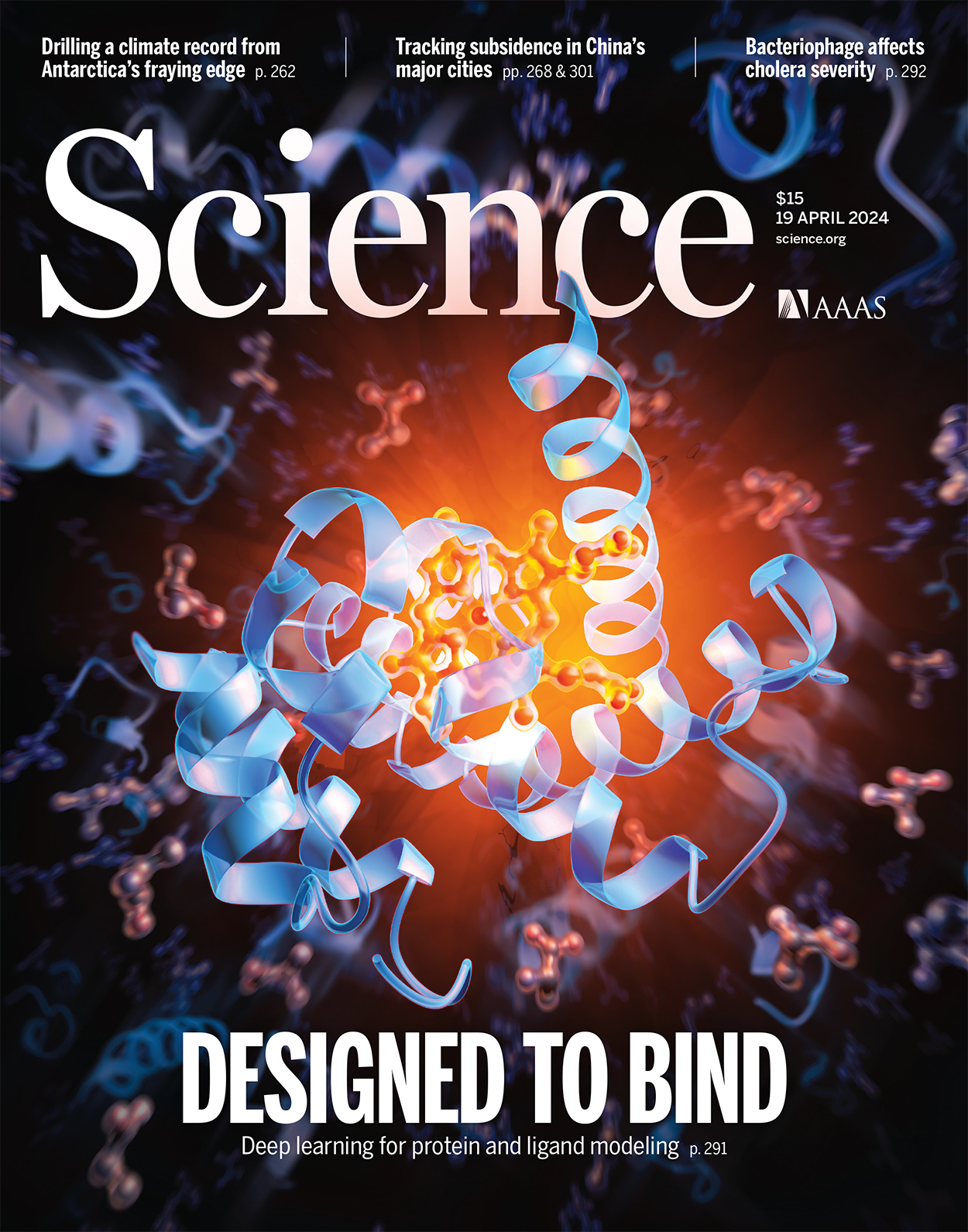Major Breakthrough! Processor Developed by Professor Meng-Fan Chang's Team at NTHU Electrical Engineering Breaks Memory Wall, Featured in "Science" Journal
【Release date】: 2024-4-19
Major Breakthrough! Processor Developed by Professor Meng-Fan Chang's Team at NTHU Electrical Engineering Breaks Memory Wall, Featured in "Science" Journal
On April 19, 2024, a groundbreaking achievement was announced as Professor Meng-Fan Chang, a distinguished professor at the Department of Electrical Engineering at National Tsing Hua University (NTHU), led the Memory Design Lab team to develop a processor in collaboration with TSMC. This processor marks a significant advancement in artificial intelligence (AI) computing, offering high computational accuracy, energy efficiency, and low computational latency. Published in the prestigious journal "Science," the research showcases the highest global energy efficiency achieved to date and validates the potential of Resistive Random-Access Memory (RRAM) in AI processors.
Traditional AI computing processors, based on the Von Neumann architecture, face limitations due to frequent movement of neural network parameters between processing cores and memory, known as the memory wall. The team's innovation, the Compute-in-Memory (CIM) architecture, integrates computing functions into memory to overcome this limitation. Their processor achieves unprecedented energy efficiency and computational accuracy, laying the groundwork for edge AI computing processors.
According to doctoral student Tai-Hao Wen, a member of the team, the unique aspect of this research lies in the fusion of memory-in-compute architectures. By combining the high computational accuracy of Static Random-Access Memory Compute-in-Memory (SRAM-CIM) with the high energy efficiency of Resistive Random-Access Memory Compute-in-Memory (RRAM-CIM), the processor achieves outstanding energy efficiency and computational accuracy simultaneously. Additionally, the processor supports adaptive local training, enabling AI computing to adapt to personalized features and user environments.
The findings of this research hold wide-ranging applications, particularly in edge AI applications such as image recognition, keyword speech recognition, and gesture recognition. By addressing the energy efficiency and computational latency limitations of traditional AI processors, this research contributes to the advancement and widespread adoption of edge AI applications, enhancing their performance and applicability.
pp. 325-332 DOI: 10.1126/science.adf5538)之全文,標題:Fusion of Memristor and Digital Compute-in-Memory Processing for Energy-Efficient Edge Computing
https://www.science.org/doi/10.1126/science.adf5538


